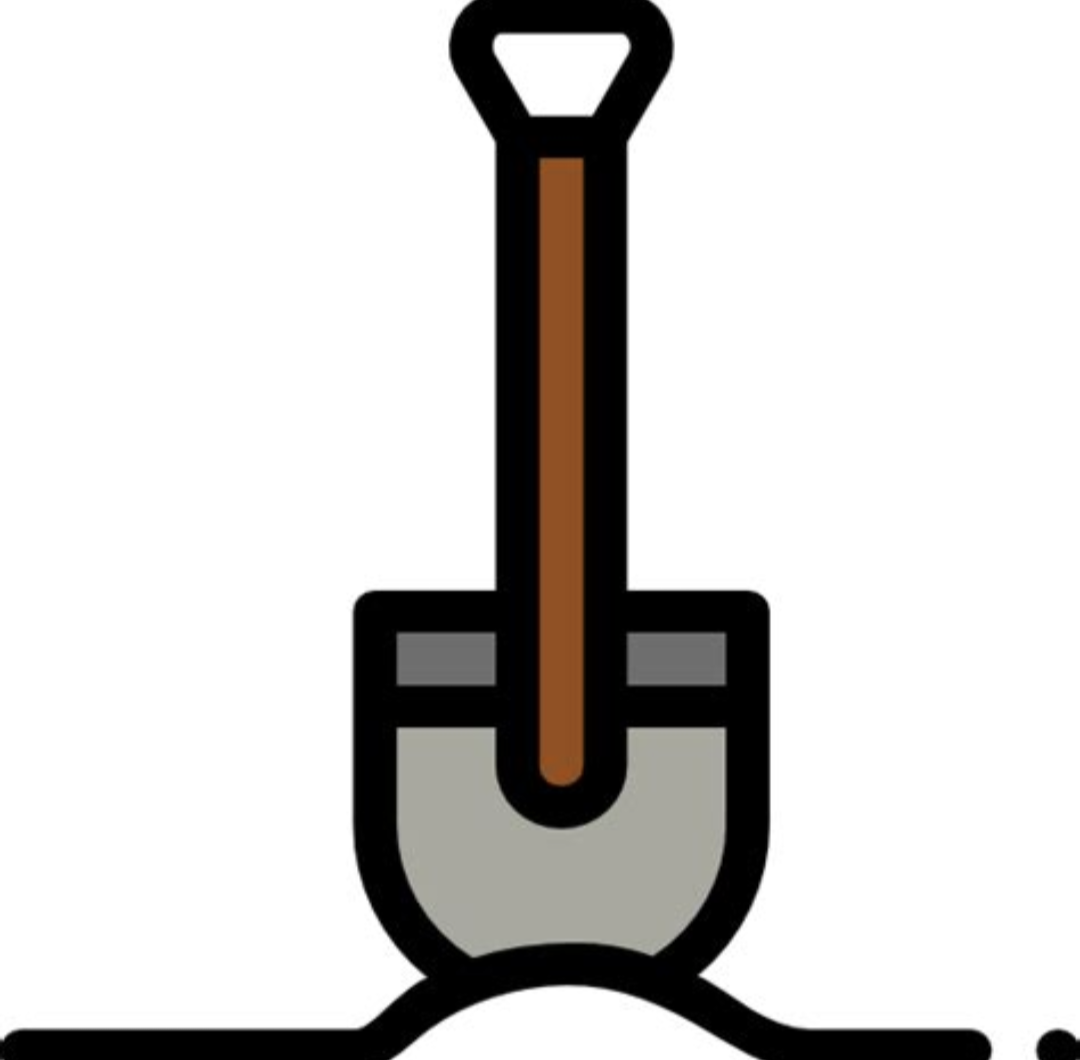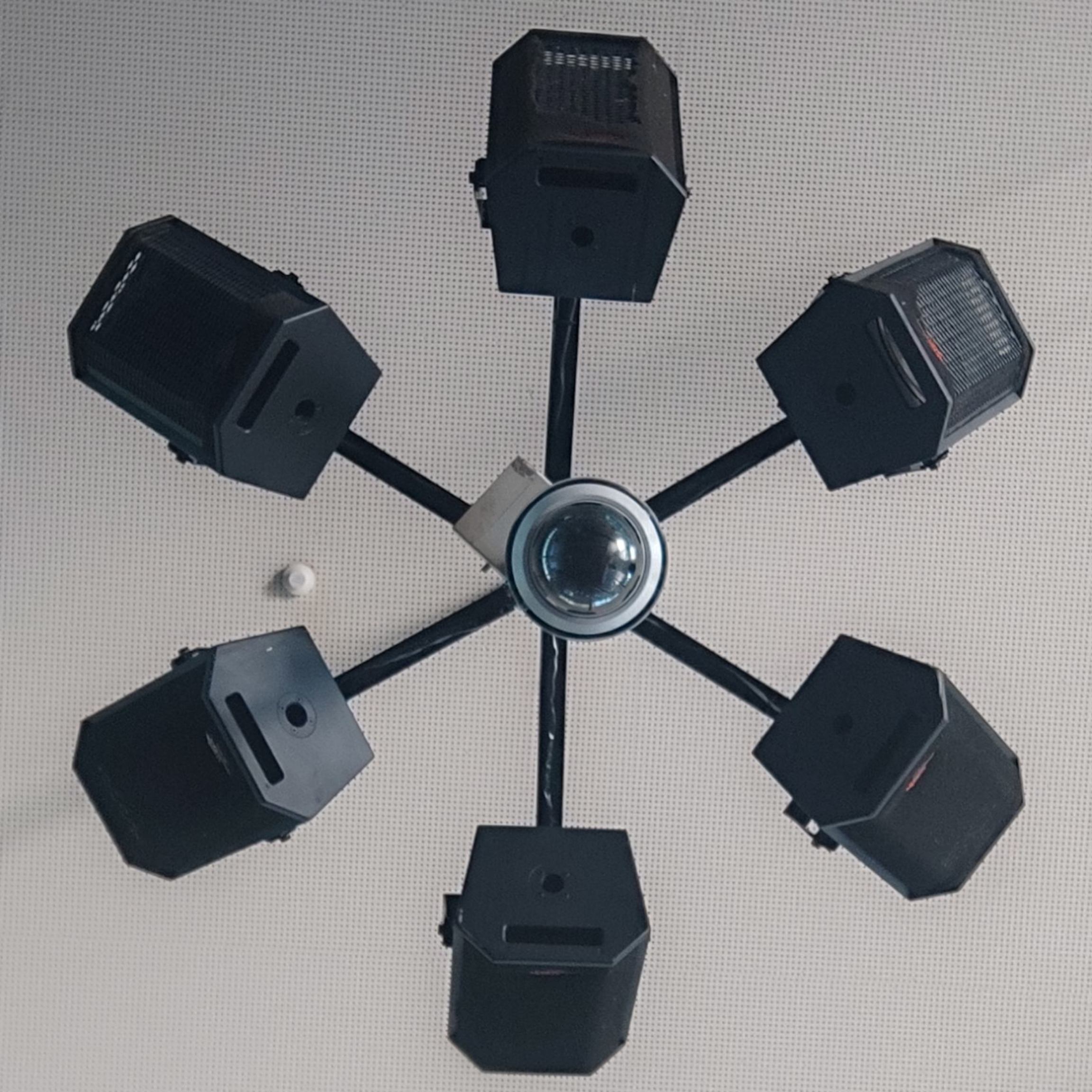I’m looking to purchase a bike (probably second hand) and I want to make sure that it’ll be easily repairable in the future for at least standard maintenance stuff.
Thing is, I don’t know anything about bikes- I’ve heard people say off hand that modern bikes might perform better but are less maintanable, is this a thing? What qualities/features in a bike tell me that it’ll be easier to maintain in the long run?
Modern bikes being less maintainable is largely on the extreme low-end like Walmart bikes, or extreme high end carbon-fiber nonsense designed for rich weekend warriors.
Best if you find a shop that deals in second-hand bikes and get a cheap one. A bike that has been maintained by such a shop is likely to continue being maintainable. Plus you may not know what kind of bike you like til you ride it for a while so don’t spend too much for your first one.
Also, a lot of shops, especially used ones, want you to be a repeat and happy customer so will work with you on what you want. Go in and ask for something easy to work on and they’ll help with that
All bikes are repairable, some are more repairable than others. It all depends on how scared you are of getting your hands dirty and how confident you are that you can think your way out of problems.
My point is that a bike can be really simple and, as such, anything should be possible.
Modern innovations usually mean a set of tools beyond the basic bike set but the specials are available (bottom brackets are a particular case in point - you use to be able to get away with ponty things and gentle hammering - despite there being tools designed for the job now it’s use our tool or forget it)
So I would avoid anything too new - get a rat bike from a scrappy and learn how it works whilst rebuilding it.
This. By the time you get it good (shouldn’t be that long, bikes really are simple), you’ll know exactly what you want for n+1…
Bikes are generally pretty maintainable I would say. Some characteristics that I like about bikes that keep from me having to maintain them to much are:
- Internal gear hub: the gears are internal which means they don’t get dirty as easily, don’t wear the chain as quickly, and the chain doesn’t need to be oiled as frequently either. Lastly, there’s no real maintenance required of it, while still lasting a long time. Downsides are it’s extra weight, and cost (if you’re using it for urban biking, i would say the weight added is negligible)
- Check out whether rim breaks or disc brakes, or pedal breaks(forgot the name, but it’s when you back pedal to brake) last longer and whether they require more maintenance. I know disc brakes are better performing and don’t really wear out the bike rim in the same way rim brakes do, but I’m uncertain about their longevity. Disc brakes I believe. Are the more expensive option I believe.
- Dynamo hub for lighting (if you need it) is pretty expensive but also means not having to worry about your lights and their batteries wearing out, or having to reattach and detach them from your bike.
- Bike frame: I’m not too familiar with materials and their longevity, but I think if you avoid carbon fiber bikes (which are usually higher end) your frame will be very resilient.
Another important question is what will you be using it for? Urban biking? Mountain biking?
Thing is, I don’t know anything about bikes- I’ve heard people say off hand that modern bikes might perform better but are less maintanable, is this a thing? What qualities/features in a bike tell me that it’ll be easier to maintain in the long run?
Let me tell you a little story!
I got back into bikes as an adult just over two years ago. This is after 20+ years of not riding one, so I was a complete beginner as far as maintenance goes.
The first bike I got was a folding bike from Tern. Having not known what to look for in a bike, I think I lucked out because the components are all easy to replace and maintain. It uses rim brakes, which are very simple mechanical parts you can find anywhere. A standard 8 speed chain and basic Shimano rear derailleur (no shifter for the front gears, since it’s a “1x” setup), with 20" tires that are easy to find replacements for.
Then I ended up with my son’s 90s mountain bike not long after. With the help of YouTube (mostly the Park Tool channel), I was able to completely disassemble, and reassemble that bike. Including truing the wheels, learning how to adjust cantilever brakes, and replacing much of the drivetrain. This learning experience was wonderful, and I wanted to go through it so that I could build up my confidence in maintaining it.
The frame on that bike was much too small for me, so after about 1100 km I ended up getting another used 90s mountain bike: steel frame, 26" wheels, and also easy to repair with parts that are very inexpensive by today’s standards. Again, made some upgrades, and learned to do all the adjustments from watching videos.
This past July I got a road/gravel bike. Modern components, aluminum frame, drop bars, large 700c wheels, and “skinny” tires compared to my other two bikes. Yes, the performance in the tech is quite a bit better, but there are a few caveats.
Modern tech isn’t as forgiving as the older stuff. Being off by a few mm isn’t a big deal with my vintage MTB. But it can cause chaos with my modern bike. The disc brake system in particular is very sensitive to contamination and slight bends in the rotor, so I’ll need to be careful with that. Maintenance, like shifter adjustment and brake adjustment, are also different from the older stuff. But once you learn it, you learn it. This bike has external cables, so it’s easier than one with cabled buried deep in the frame.
If it’s about ease of repairability and durability, I’d go with something older (i.e. 90’s mountain bike). But look up the model to make sure that it’s not an older big box brand bike, or else you’ll be getting something that won’t be very enjoyable.
However, it’s really important to know what your plans are, because that might dictate which bikes might actually be best suited to your needs.
Do you plan to tour with it? Commute? Ride through snowy winters? Rain? Do you live near an ocean (i.e. concerns with salt)? Are you looking for a fast road bike or a slow cruiser? Will you be carrying heavy loads?
Most bikes are fairly easy to maintain once you learn about their specific components. Don’t let that put you off.
Thanks for such a detailed response! I’m planning on mainly using it for smallish trips, say heading into my local town. I’ve recently move to being just outside walking distance but it’s very short distance to drive for.
I also live around a lot of woods and it’d be good to be able to ride on a dirt path now and then.
From what I can see a ‘hybrid’ sounds like it’d be a good fit?
A hybrid bike would be a great place to start. Your first bike is rarely your last. As you ride it, you’ll gradually learn what you like and don’t like about it. Some things can be replaced or upgraded. Eventually you’ll have a better idea of what to get for your second bike. If you’re buying used, make sure there are no signs of rust, the brakes and shifters work as expected, there are no squeaky or metal-on-metal sounds, and the bike is appropriately sized for you, and you should be good to go.
Also, you don’t have to do all the maintenance yourself. Bike service is usually pretty cheap. Some things I do myself, but when it requires special tools, the bike shop makes more sense.
+1 to this. A steel frame 90s mountain bike with 26" wheels, some maintenance know how and about $100 in parts will get you thousands of km of riding with much less trouble compared to a fancy aluminium/carbon frame with hydraulic breaks and a drivetrain that locks the moment something goes slightly out of tolerance.
Only caveat is needing to buy some tools, but good tools will last.
Only caveat is needing to buy some tools, but good tools will last.
On the plus side, tools will pay for themselves after only a few uses. 👌
If it’s a modern, quality bike from a reputable brand, virtually all the parts on it are standardized and used on other bikes as well. A bike brand, such as ‘Specialized,’ mainly refers to the frame. All the other components are the same ones used by other similar brands.
Thanks! Relieved it sounds easy enough to figure out
As long as you avoid complicated systems–like electronic shifting, hydraulic anything, and so on–anything that’s mid-tier and above, purchased from a bicycle shop (not a sporting goods store, not a dept. store) is going to be pretty repairable for the foreseeable future.
I can still easily find parts for my 2013 Fuji Cross. Honestly, the worst part has been pedals; I had Speedplay Frogs, and when the pedals wore out completely, Speedplay had stopped making them (and had been sold a few times), which leaves me with no pedal options that combine the ridiculous float with the feeling of being firmly locked in.
Anything proprietary is going to be harder to find parts for to repair, or to replace. For instance, Cannondale’s Lefty fork, and their old HeadShok system; good luck fixing those now. Simpler is usually going to be better; suspension may add comfort, but unless you’re mountain biking, I’d skip it in favor of rigid frames and forks.
There are few things to look for and it all depends on what bike you want.
-
derailleurs and shifters: With friction shifting you can slap any derailleur on bike and it will work. Otherwise look at the brand, model and number of speeds, they can have different cable pull standard that isn’t in production.
-
bottom bracket: It is mess of different standards but it shouldn’t be problem sourcing replacements.
-
frame: Good steel frame will outlive all the other components, so look at the mounting points for them. Flat mount disc brakes or type of V brakes, BB diameter and type,…
-
fork: Go for rigid fork if you want less things to worry about.
Basically look for all the parts, how to buy them, change them, if they require special tools…
-
Most bikes that retail for more than $600 or so will likely be very repairable. Department store bikes where the stem is integrated and has cheap components are harder to repair in that the parts typically just need to be replaced when they stop working and the metal used is so soft they tend to get chewed up easily as soon as you start working on it.
The parts will likely be held together using a combination of hex or torx bolts and very few if any use of Phillips screws. That can be a sign of a bike that is hard to repair if they’re cheaping out on parts. That being said there are some bikes made of steel and large bolts and nuts which are designed for rugged use and ease of repair in 3rd world countries.
Watching YouTube videos on bike repairs like park tools or some of the Berm Peak flip bike videos can get you an idea of what bike repair entails and some red flags.
Get a good quality bike with standard components and you should be able to repair it easily.
As other said avoid cheap low cost bike but also very high end bike that are more likely to use proprietary parts.
For the frame the best option would be steel, if it does break you can easily weld it back with a regular welder.
Aluminum is the second best option, a bit lighter but it will fatigue, so over the years the frame will wear out slightly.
Carbon is the worst for reparability, very fragile and impossible to repair.
AFAIK when people talk about modern bikes being less maintainable, what they mean is that there’s been sort of a proliferation of more proprietary parts (especially headsets and bottom brackets) in the last decade or so, along with a Gillette-razor-style arms race of increasing numbers of rear sprockets (with correspondingly narrower/more delicate chains). Frankly, it’s probably not that big a deal: you just have to get the right kind of tools to deal with the kind of parts you have, and replacements might be a little more expensive than if they were more standardized.
However, if you really want maximum ease of maintenance – or especially if you’re going to be, say, doing bicycle touring in some developing country where it’s hard to get fancy parts – IMO you can’t go wrong with a plain old threaded square-taper bottom bracket (don’t go so old-school that you end up with ashtabula, though), cup-and-cone threaded headset, 26" wheels, and a rear freewheel or cassette* with 8 sprockets or fewer (so you can use “normal” chains). Basically, all the stuff you’d find on an old '90s mountain bike.
(* I should probably have an opinion about freewheels vs. cassettes to go along with the rest of the opinions, but I don’t know enough.)
I would recommend any bike with 8 or 9 speed in your budget that you tried and like to ride. Add the cost of a good U-lock and lights. As it eventually get stolen, save for a next bike.
8/9 speed parts are robust, abundant, and cheap, and maintenance is easy.
Priority makes a line of modern bikes designed around low maintenance.
They use belt drives instead of chain. They’re easier to clean and maintain and they’ve a longer lifespan.
Their models are also single speed or internally geared hubs so you don’t ever have to mess with a derailleur.
Once you get into bikes you realize that it becomes a sort of Ship of Theseus. So many things have become standardized you can (and will) upgrade over time and it won’t be the same bike you started with.
Rather than recommend a specific brand, go and talk to your closest bike shop (a real shop, not a chain, department store, or sporting goods store). They will tell you what is easy to source, what has recently given them headaches, and they may even help adjust the bike for your proportions. Most are also happy just to talk about bikes even if you’re not buying that day.
Side comment: Fixies, or fixed gear bikes, are less complicated and thus have fewer points if failure. Not advocating for or against… just and objective statement.
I have a singlespeed, I live in a mostly flat city. It’s awesome! Most bikes have gears and are more ‘breakable’ as they have all those external moving parts.
Then, there’s that gear system that is built into the wheel, that’s less breakable but probably less reparaible too.
So, my advice would be to get a fixie. I used it with the ‘freewheel’ config at first but having switched I learnt of the efficiency in translating hard pushes on the pedal (I don’t stand-up pedal anymore, and most small slopes are a bit easier now!)
Fixies had a revival for these reasons. Unfortunately, at least in Germany, they’re extremely underrepresented in the market.
I’ll give you a BIFL answer that’s not super heavy on performance. I’ll assume your primary goal is commuting or some light exercise.
- Stay away from carbon fibre. Stick to aluminium or better yet, steel.
- Choose a bike that has a fanbase. For example Bromptons or Surlys are expensive for what they are but you can maintain them for a lifetime.
- Stay away from the cheapest bikes. If you’re going for a low budget bike try to stick with a mainstream reputed bike brand like Giant.
- A belt drive is more hassle free if you have the budget.






